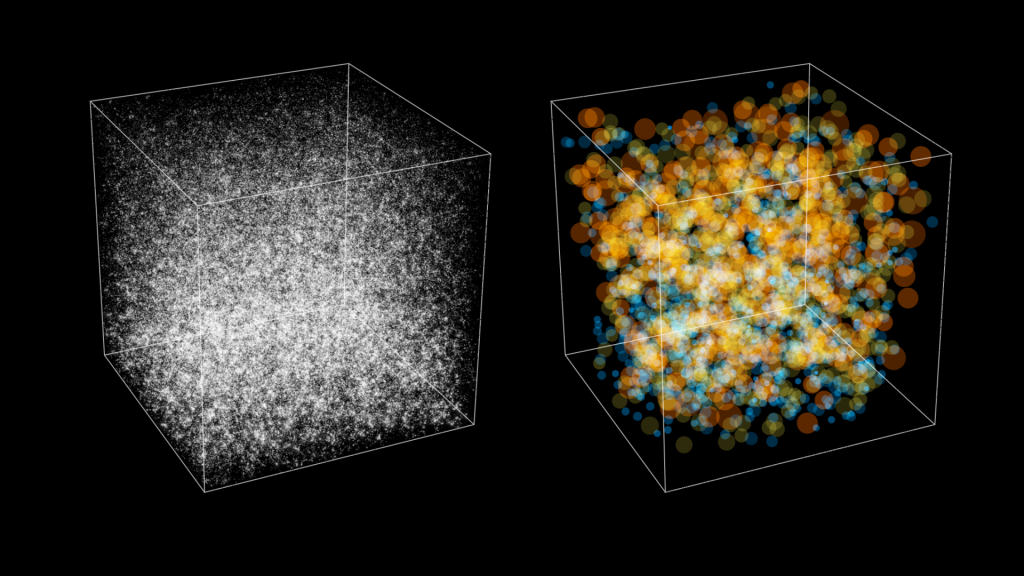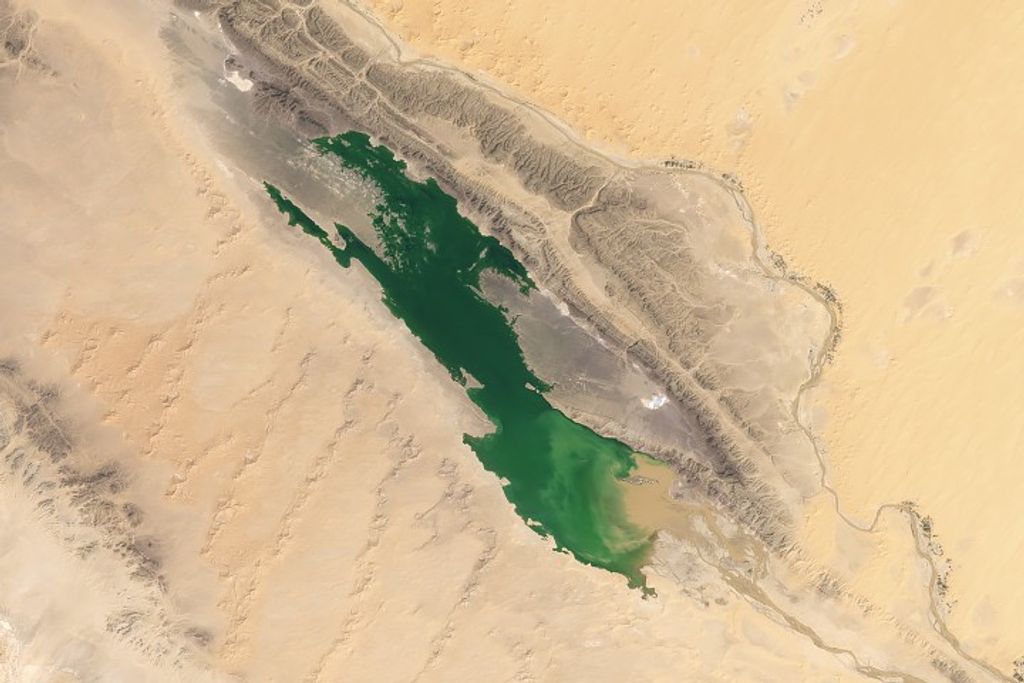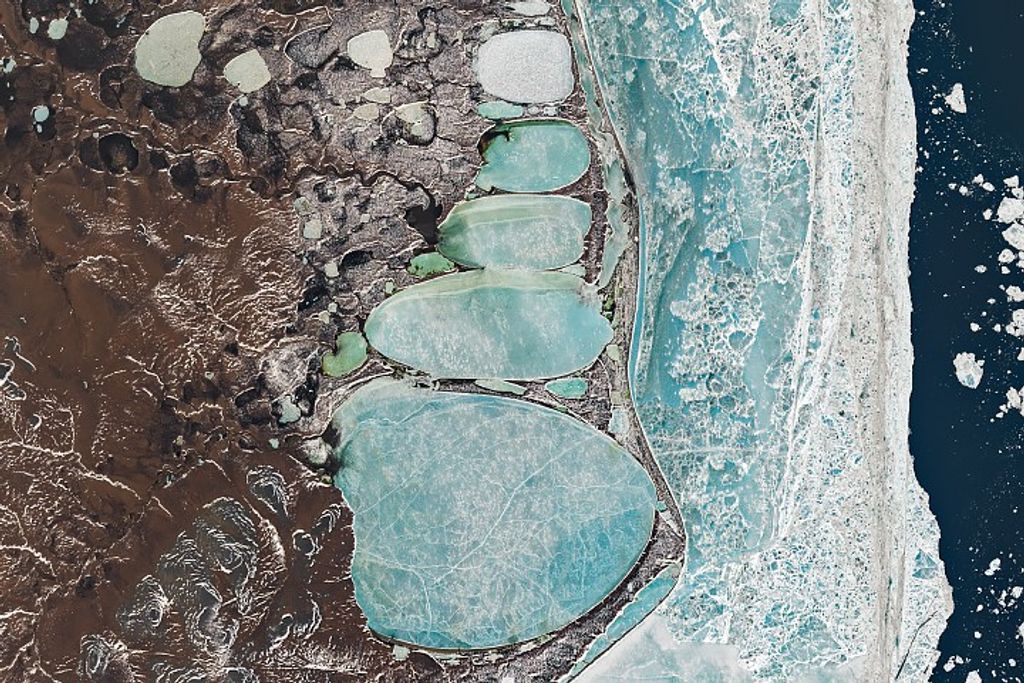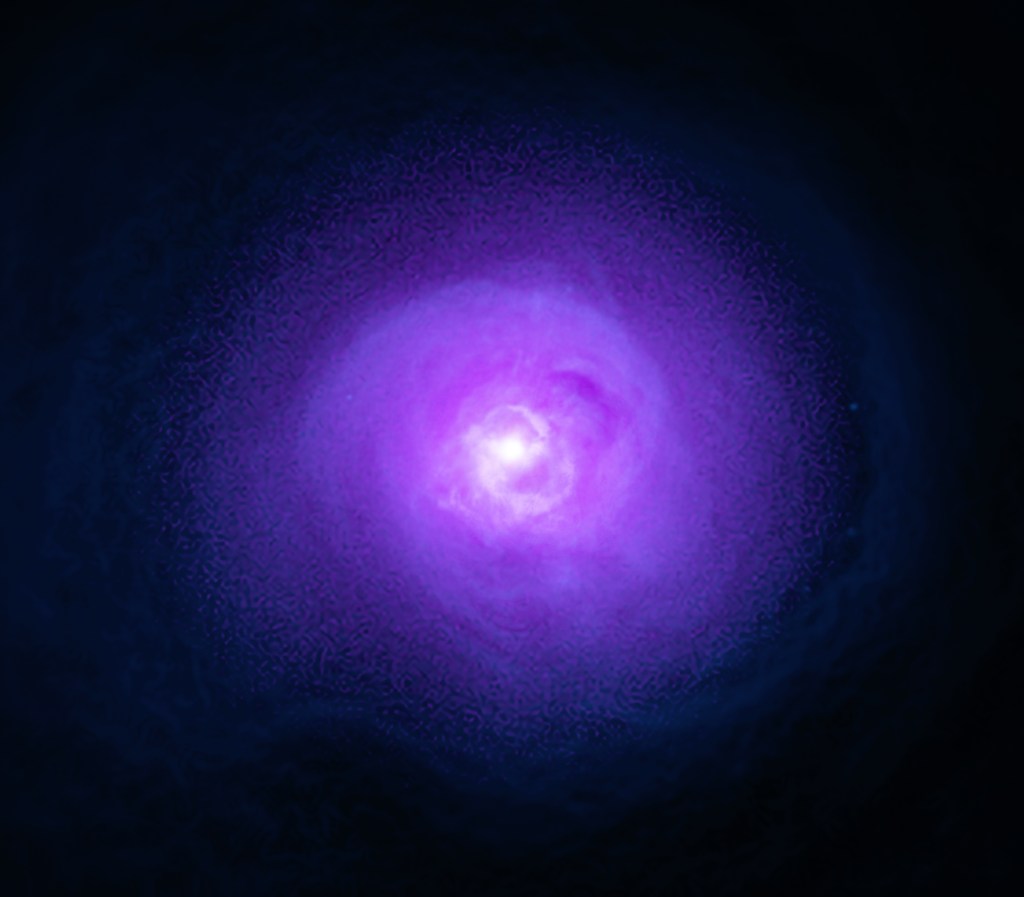ISS Daily Summary Report – 3/04/2024
Crew-8 Launch: On Sunday, March 3rd, at 9:53 PM CST, SpaceX Crew Dragon Endeavour lifted off from Launch Complex-39A at Kennedy Space Center on a Falcon 9 rocket. Crew Dragon Endeavour carries NASA astronauts Matthew Dominick, Michael Barratt, and Jeanette Epps, along with Roscosmos cosmonaut Alexander Grebenkin. Crew-8 is expected to dock to the ISS on Tuesday, March 5th, at 2:13 AM CST.
Payloads:
Boeing Environment Responding Antimicrobial Coatings-2 (AC-2): The crew performed the routine periodic touching of two experiment placards deployed in various locations throughout the ISS. They also took photos of the placards. Antimicrobial Coatings-2 tests an antimicrobial coating on several different materials that represent high-touch surfaces. Some microbes change characteristics in microgravity, which could create new risks to crew health and spacecraft systems as well as creating the possibility of contaminating other planetary bodies. The samples remain in space approximately six months then return to Earth for analysis.
Complement of Integrated Protocols for Human Exploration Research on Varying Mission Durations (CIPHER): Samples were collected, and the sample kit was stowed in support of the CIPHER suite of investigations. CIPHER consists of 14 studies designed to improve our understanding of physiological and psychological changes in humans on missions that range from weeks to one year in duration. Conducting the same research over missions of different durations allows scientists to extrapolate to multi-year missions, such as a three-year round-trip to Mars. This data could provide deeper knowledge about the changes that may occur on such missions and support the development of countermeasures to promote astronaut health and well-being.
Electromagnetic Levitator (EML) The crew opened the helium and argon valves. EML currently has a sample stuck in the chamber, and the team is discussing a forward plan. EML is a multi-user facility that provides containerless melting and solidification of electrically conductive, spherical samples, under ultra-high vacuum and/or high purity gas environments. Heating and positioning of the sample are achieved by electromagnetic fields generated by a coil system. EML supports research in the field of meta-stable states and phases, as well as the field of measurement of highly accurate thermophysical properties of liquid metallic alloys in the stable and undercooled state.
ISS Ham Radio: An ISS Ham pass was initiated with “IES Pedro Simón” Abril High School in Alcaraz, Spain. Since the earliest ISS expeditions, ISS Ham Radio has allowed groups of students in schools, camps, museums, and planetariums to hold a conversation with the people living in space. As the ISS passes overhead, students have about nine minutes to ask crewmembers 10 to 20 questions.
Materials Science Research Rack/Materials Science Laboratory (MSRR/MSL): The crew gained access to the MSL, removed the Low Gradient Furnace (LGF) insert, and installed the Solidification and Quenching Furnace (SQF) insert. The SQF can establish medium to steep temperature gradients and is primarily used for metallurgical research. MSL is used for basic materials research in the microgravity environment of the ISS. The MSL can accommodate and support diverse Experiment Modules, allowing many material types, such as metals, alloys, polymers, semiconductors, ceramics, crystals, and glasses, to be studied and aid in the discovery of new applications for existing materials as well as new or improved materials.
Systems:
Extravehicular Mobility Unit (EMU) Cooling Loop Maintenance Scrub: The crew performed ionic and particulate filtration (scrubbing) and biocidal maintenance (iodination) of EMUs 3009 and 3013 as well as Airlock (A/L) cooling water loops. Conductivity readings and a water sample were taken from the cooling loop following the 70-minute scrub. Finally, crew terminated, deconfigured, and checked out the EMUs. EMU loop scrubs are required preventative maintenance needed to remove any chemical and biological contaminants from the EMU cooling loop. The EMU is and independent anthropomorphic system that provides environmental protection, mobility, life support, and communications for the crewmember to perform an EVA in Earth orbit.
Transfer Cygnus Cargo Operations: Today, the crew performed cargo transfer operations between the ISS and the NG-20 cargo vehicle. NG-20 arrived on February 1st, and is scheduled to remain on the ISS until July, when it will be unberthed for an eventual destructive re-entry in the Earth’s atmosphere. Due to its destructive re-entry, Cygnus provides an opportunity to offload some of the unwanted mass onboard the ISS.
Crew Dragon Hand Held Gas Detector Calibration: In preparation for their return to Earth, the crew calibrated the Crew-7 Dragon Handheld Gas Detectors. These gas detectorsreliably measure combustible gases and vapors as well as O2 and harmful concentrations of toxic gases, organic vapors, odorant and amine.
Look Ahead Plan
Tuesday, March 5 (GMT 065)
Payloads:
- AWP
- CIPHER
- Cold Stowage Transfers
- Dragon Locker Remove
- Flawless Space Fibers-1 OBT Review
- MELFI OBT Review
- Motion Sickness Countermeasures Questionnaires
- POIC Overview OBT
- Polar 3 Desiccant Swap
- STED Card Downlink
Systems:
- Crew Departure Preparations for Return to Earth
- Emergency Equipment Transfer
- Handover for Expedition 71 Crew
























